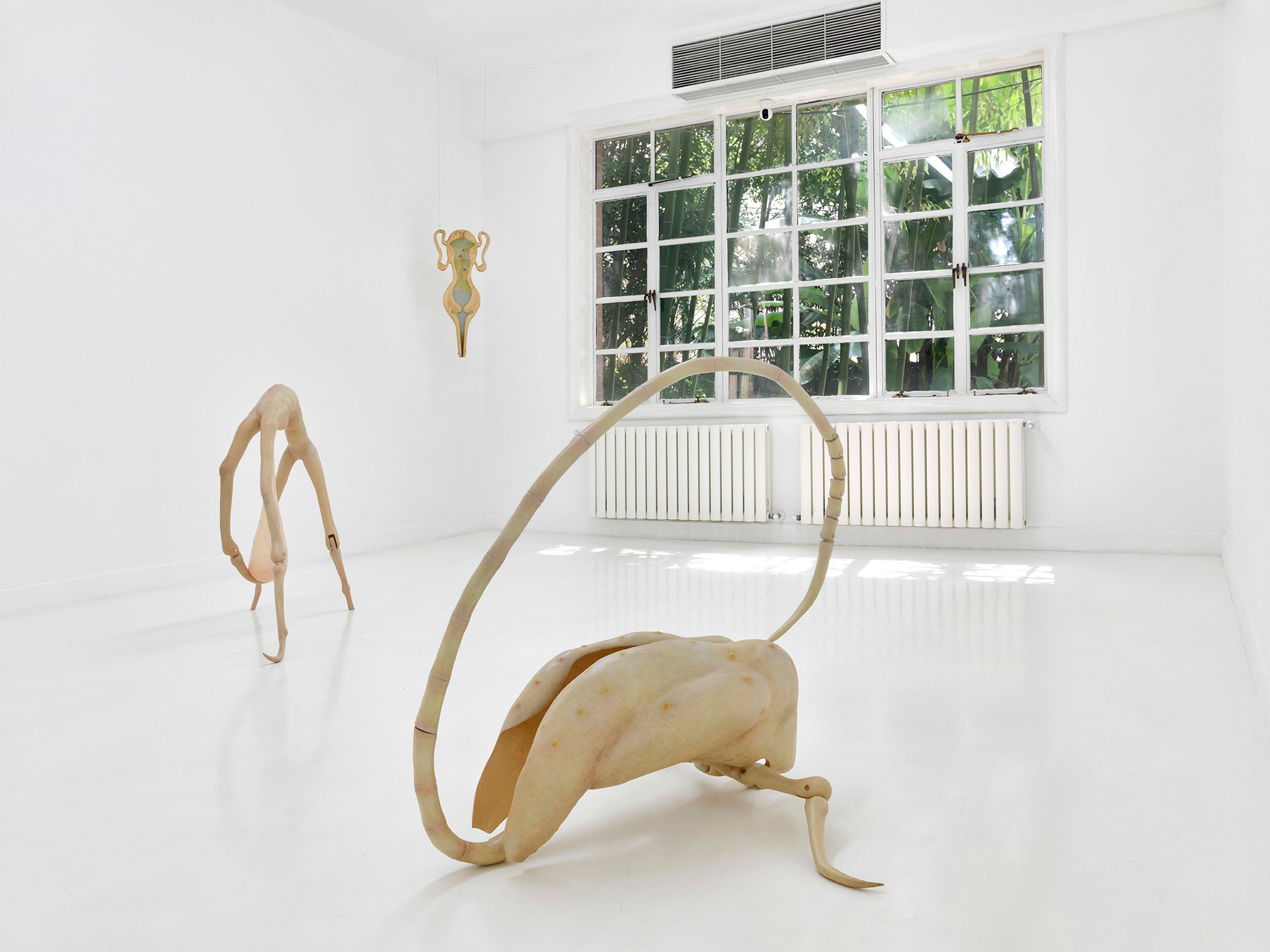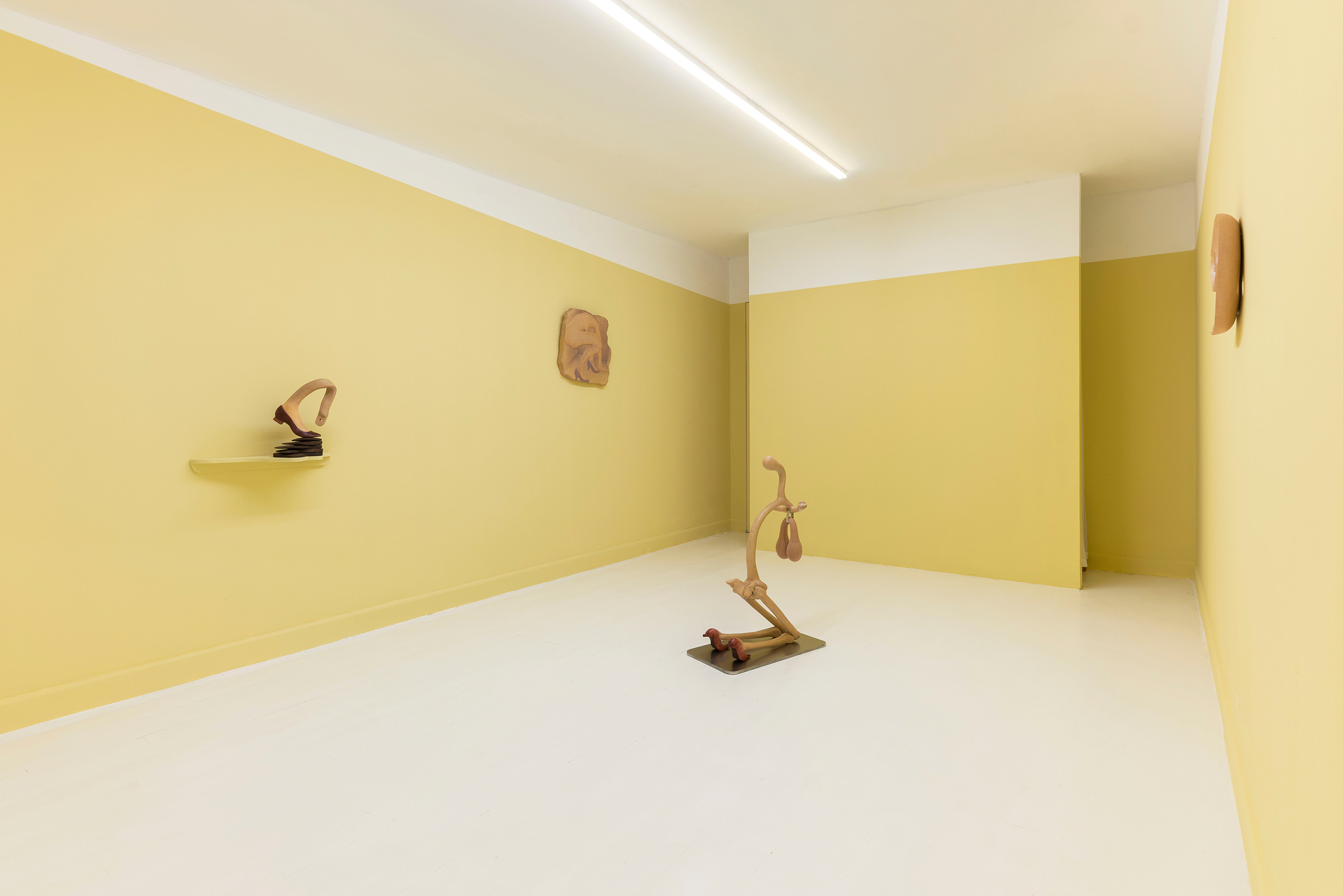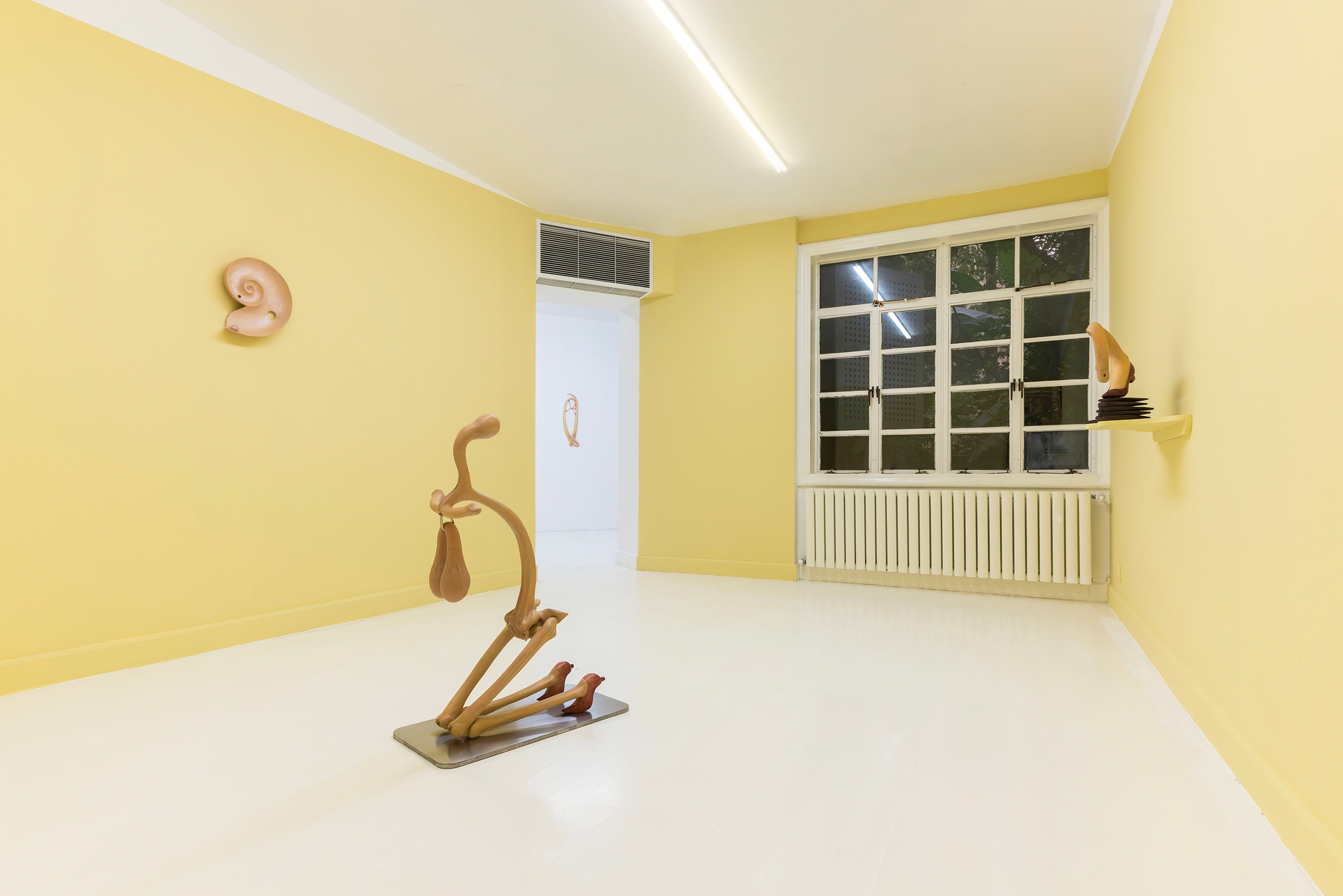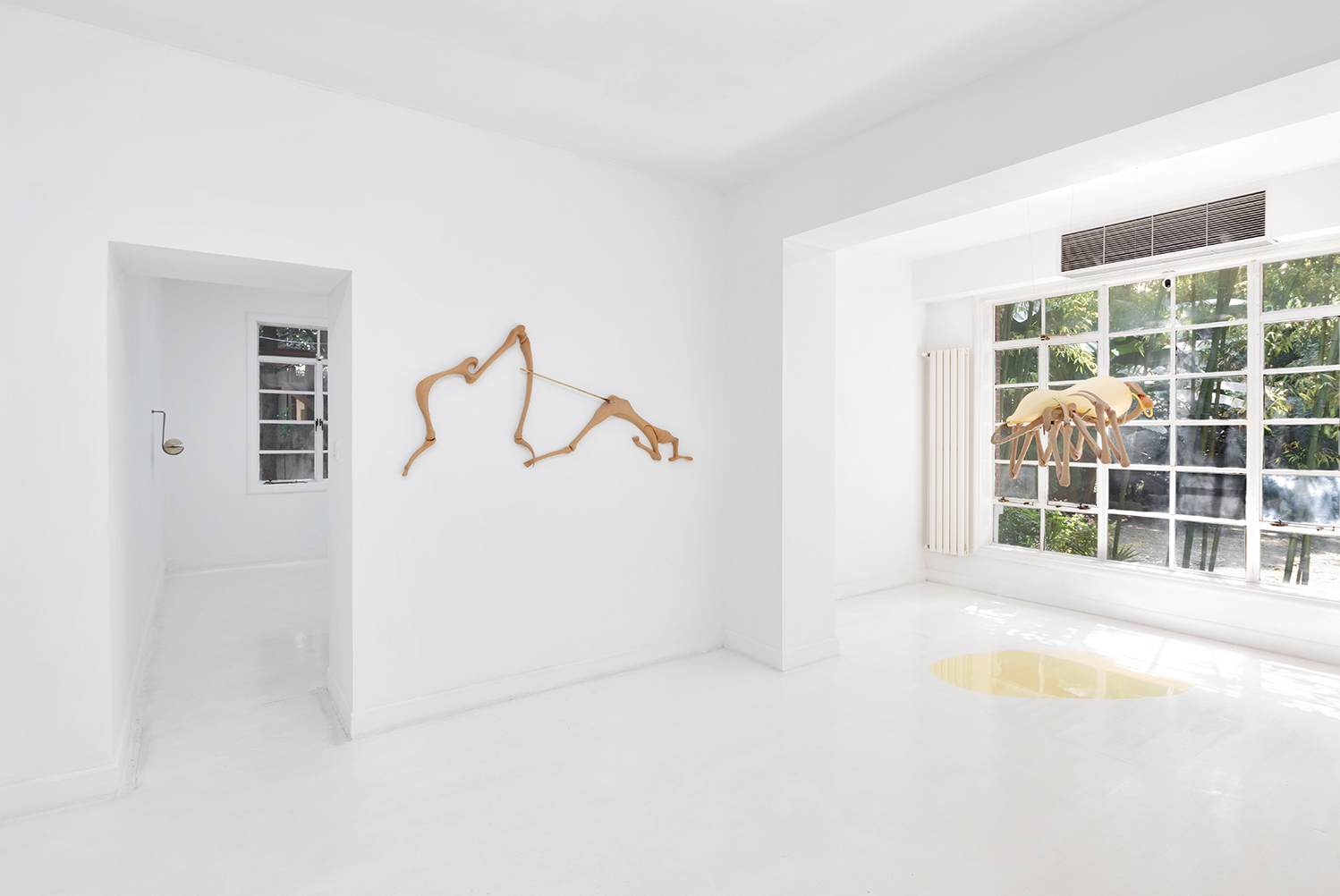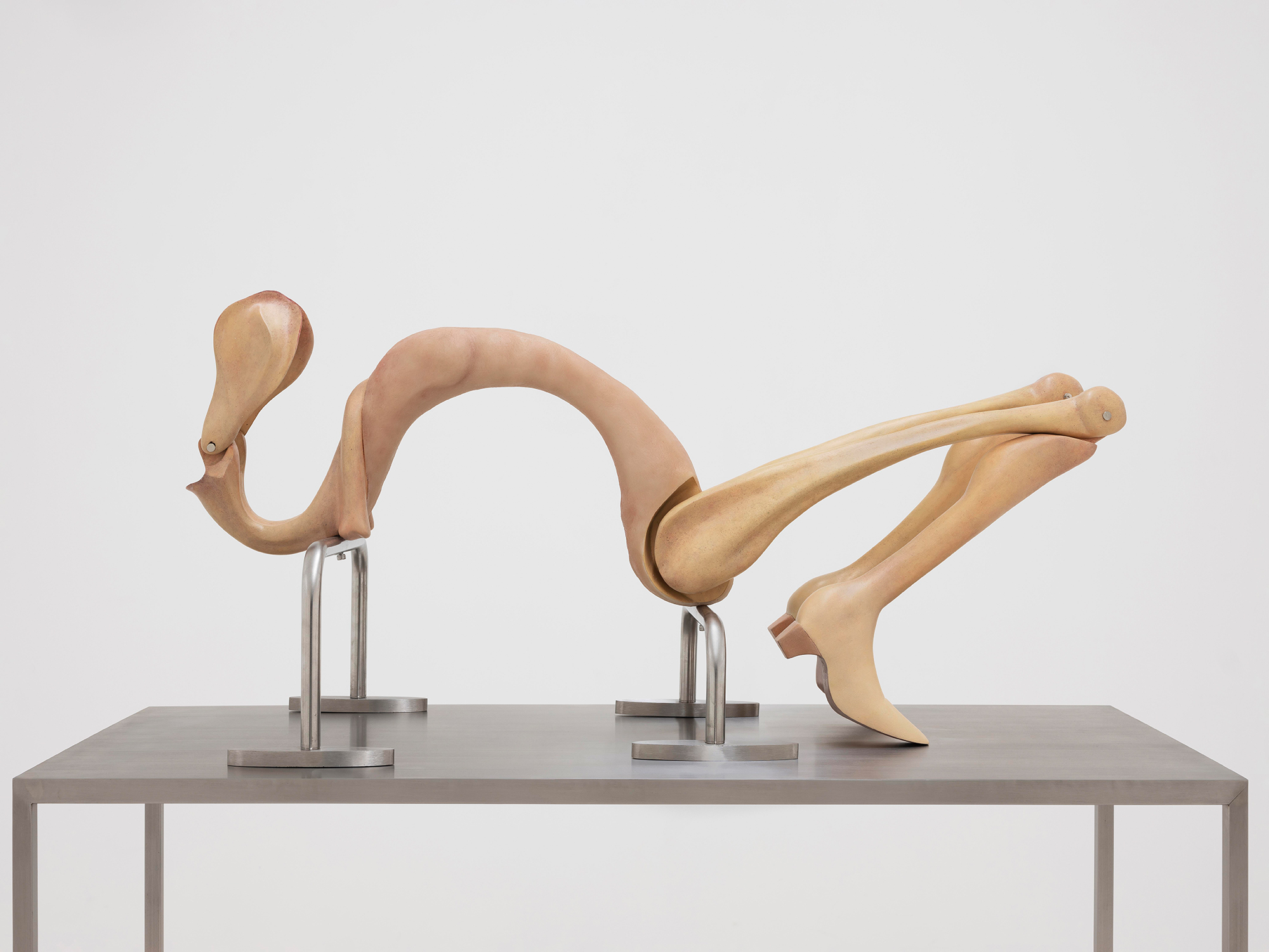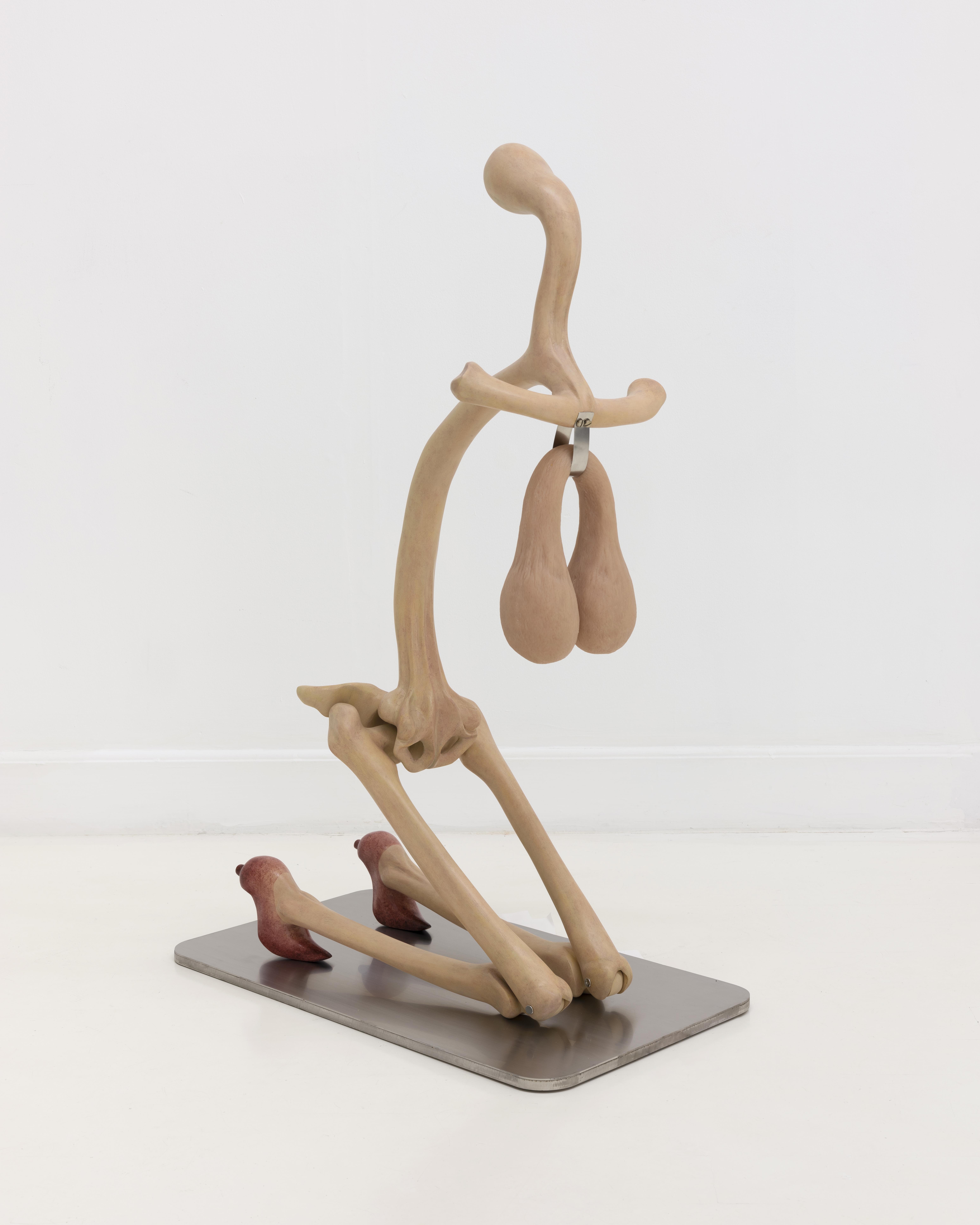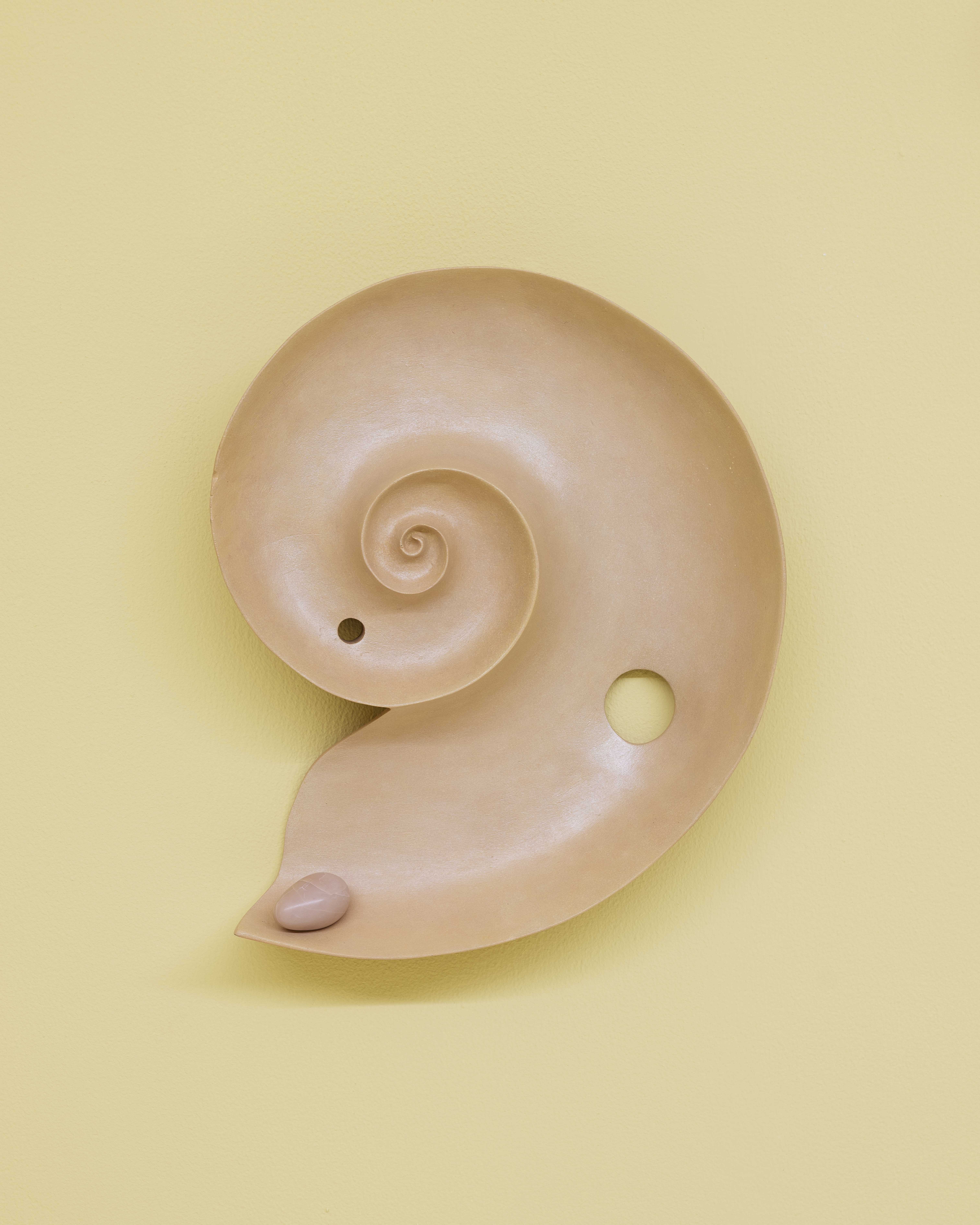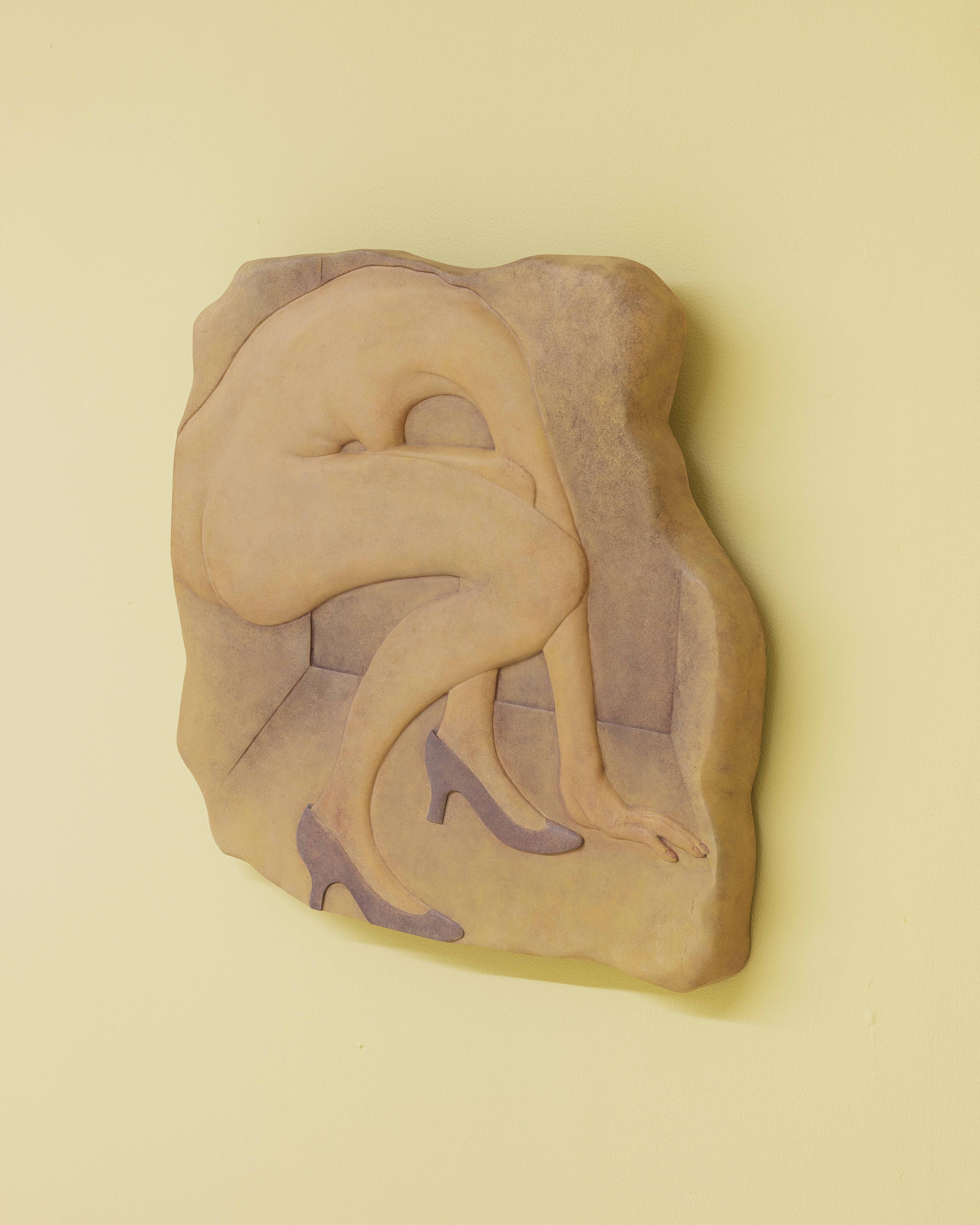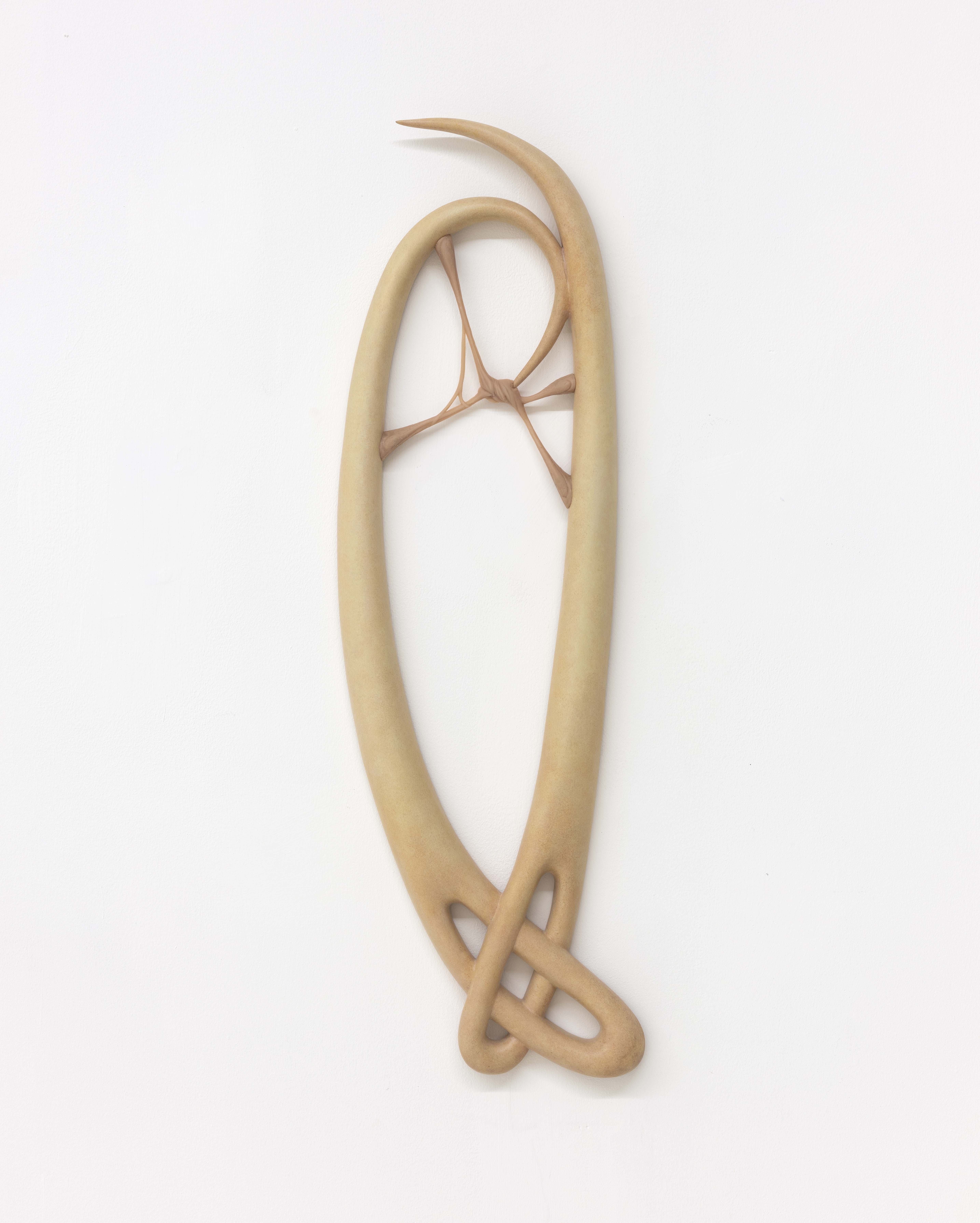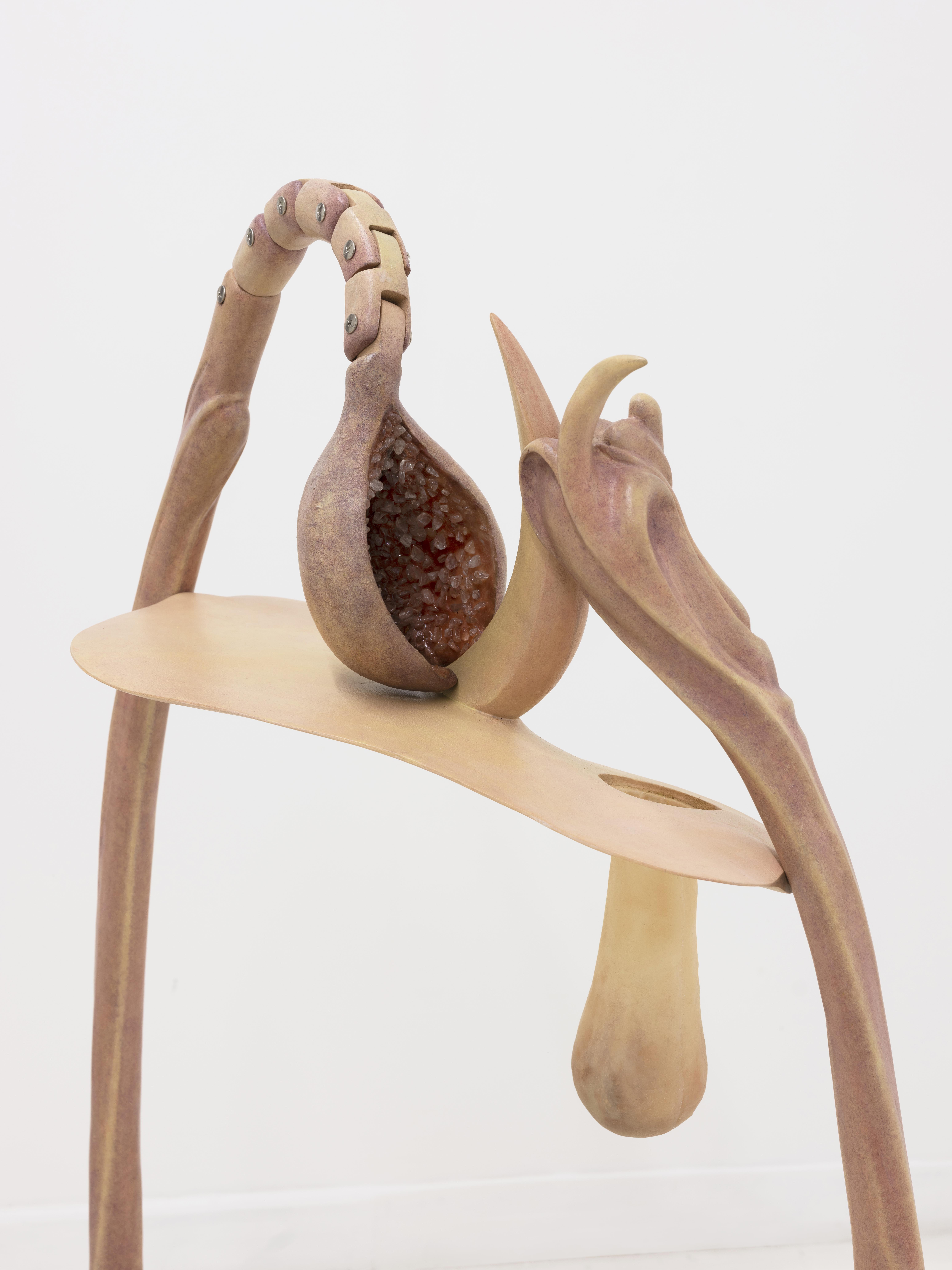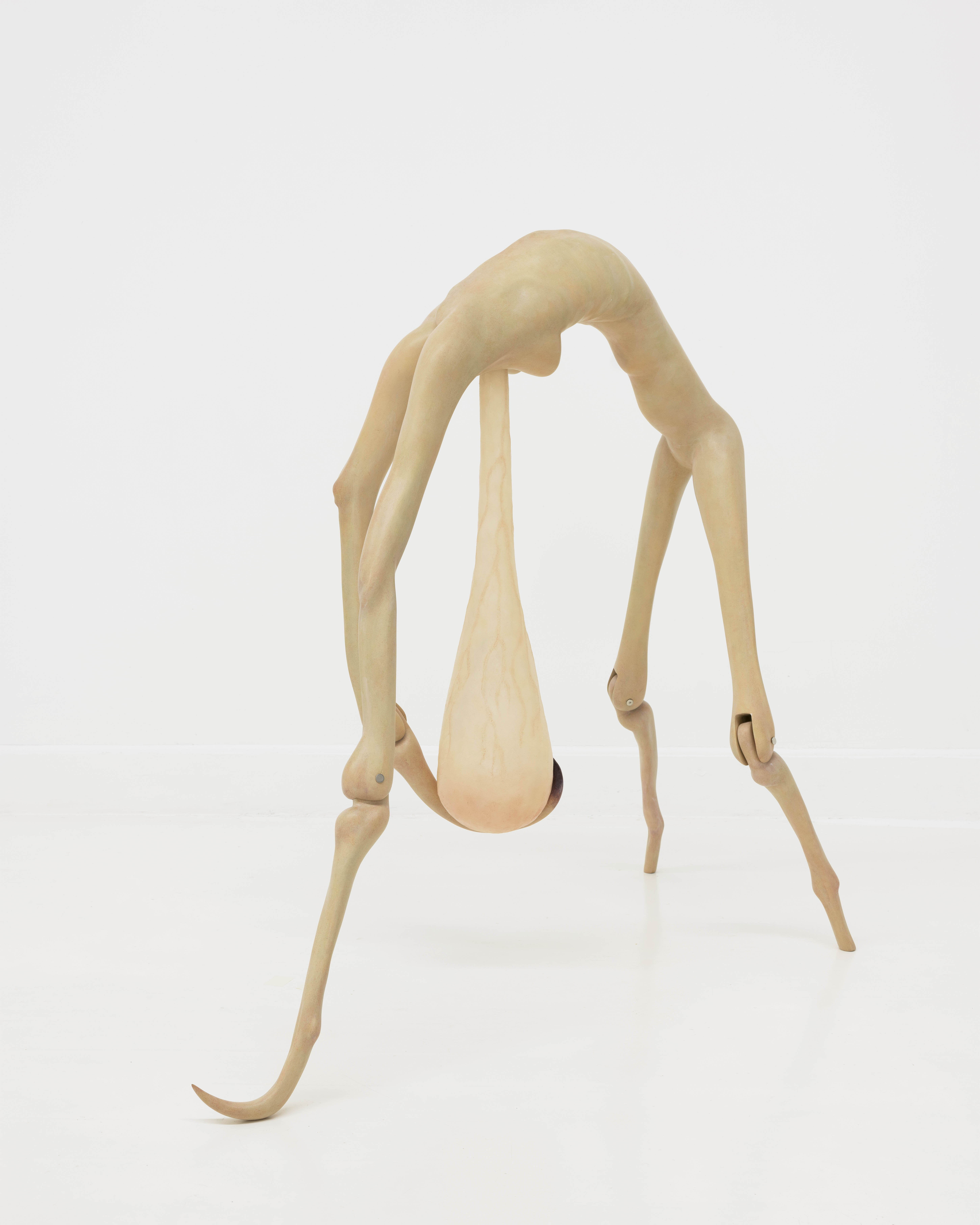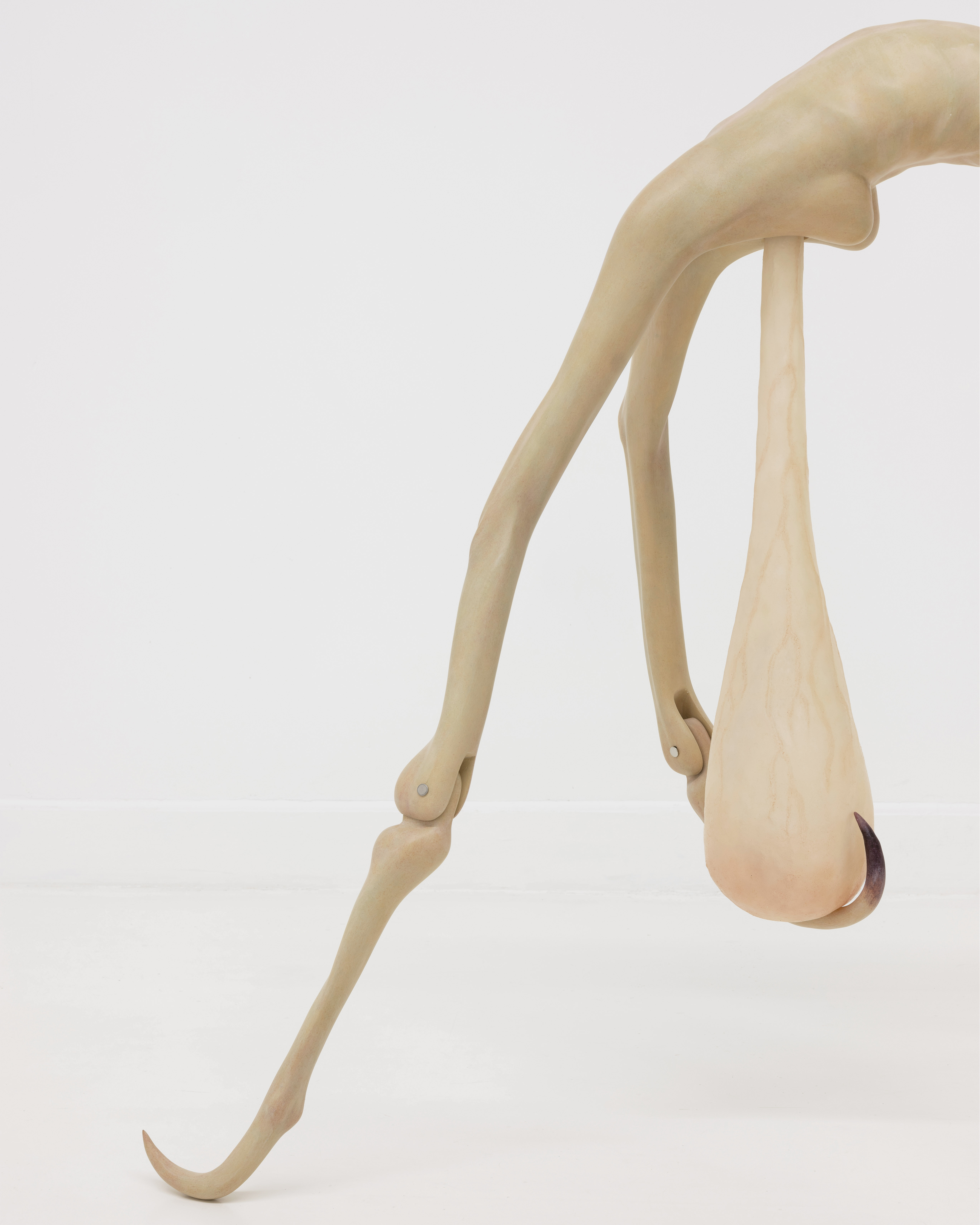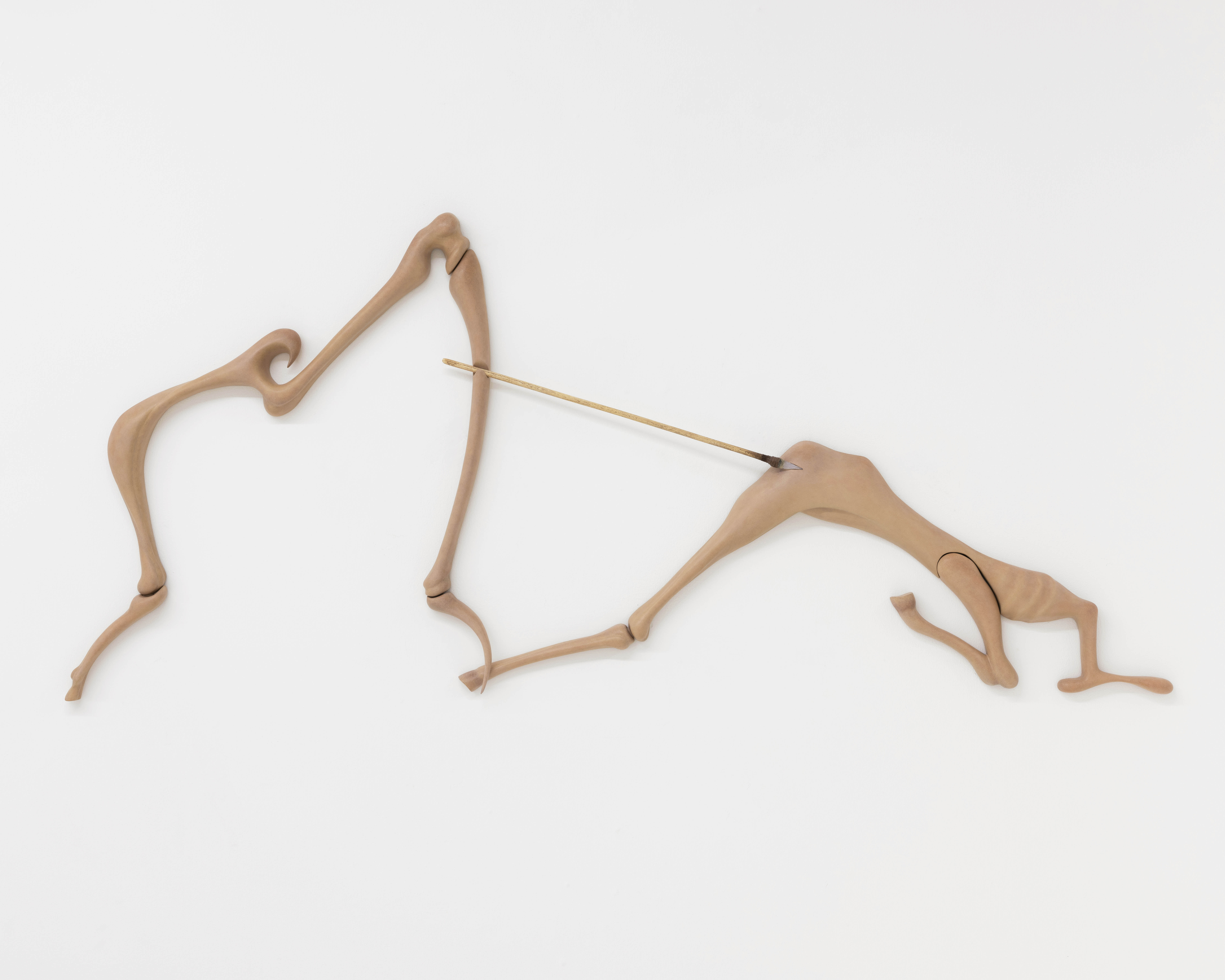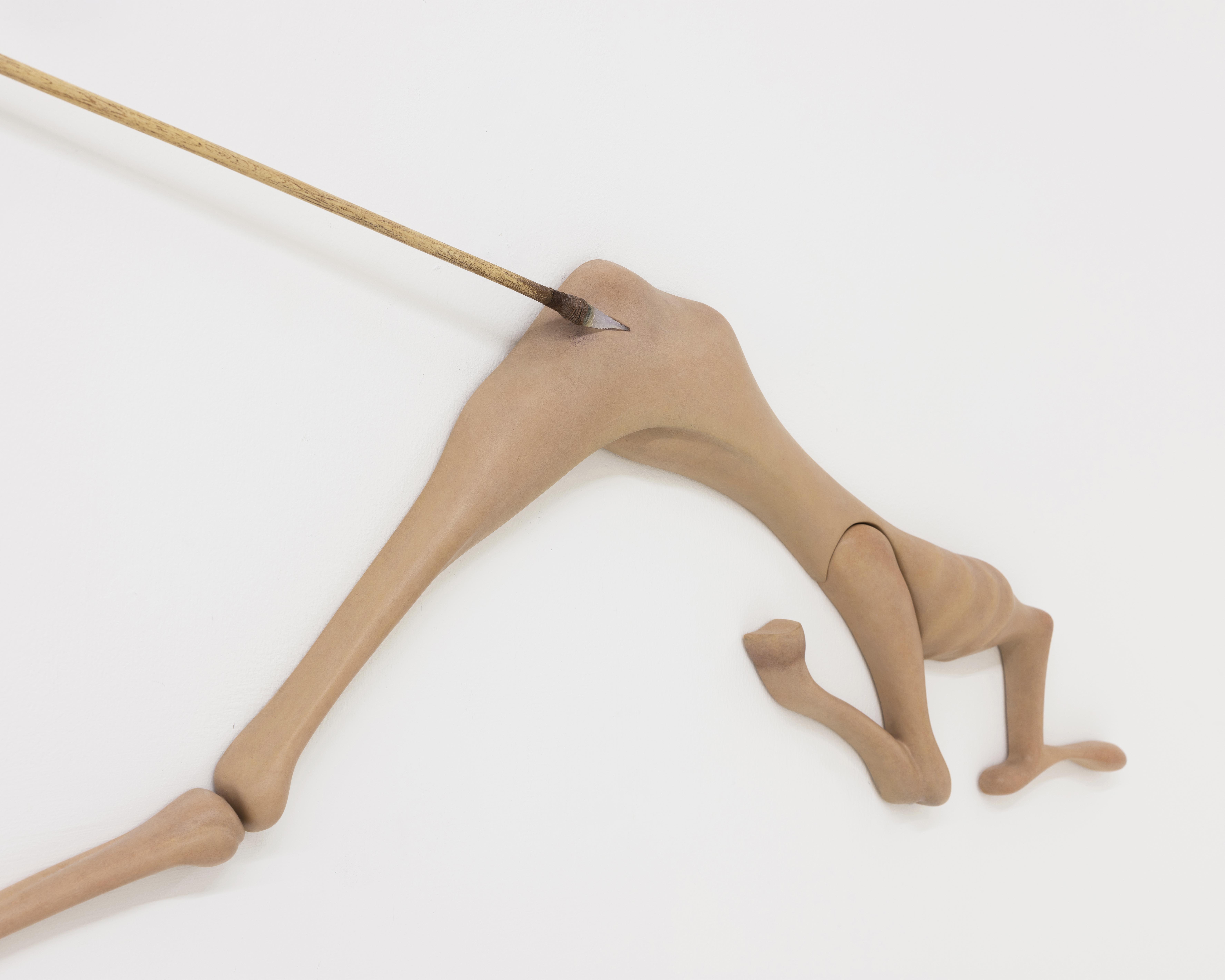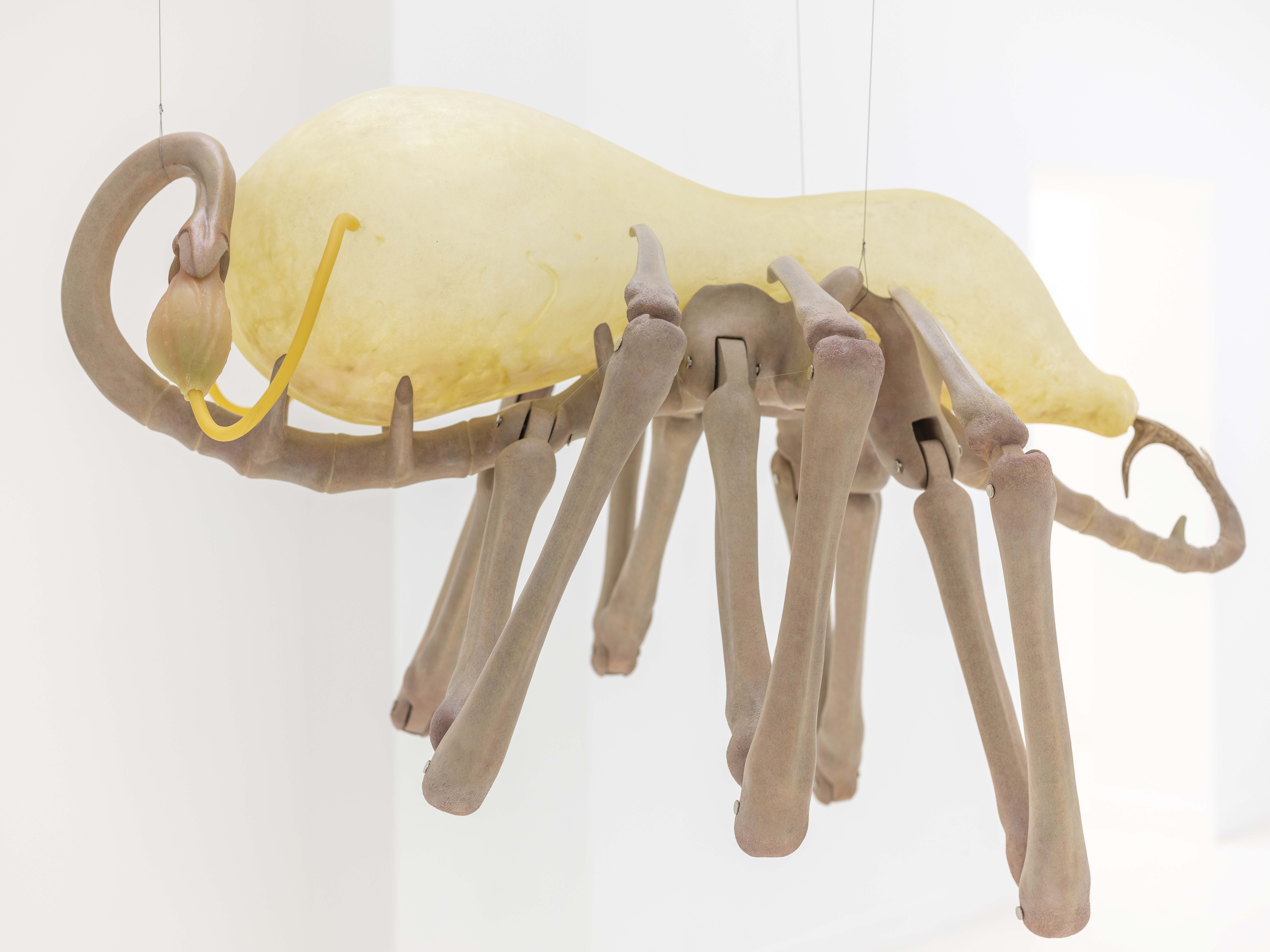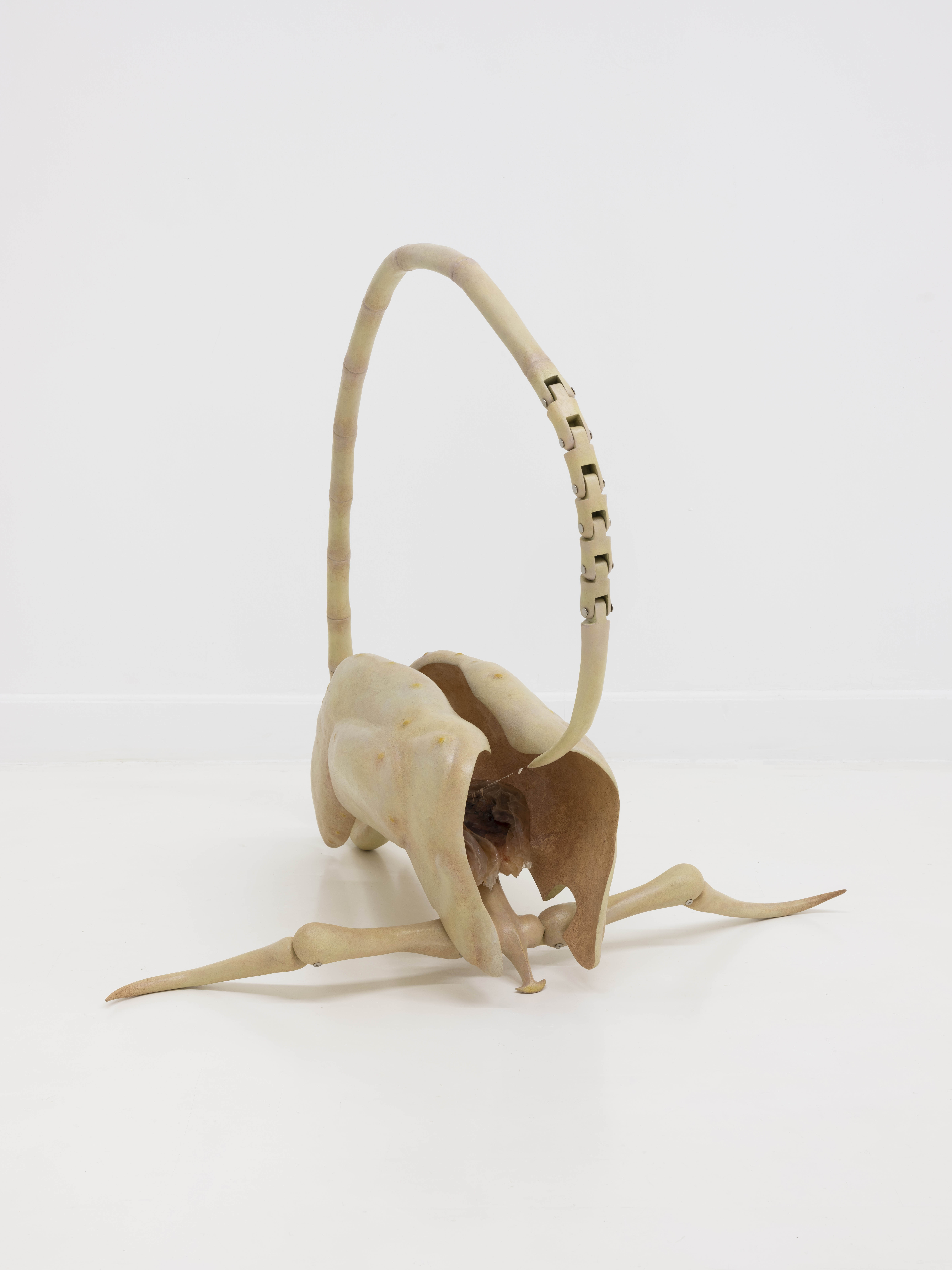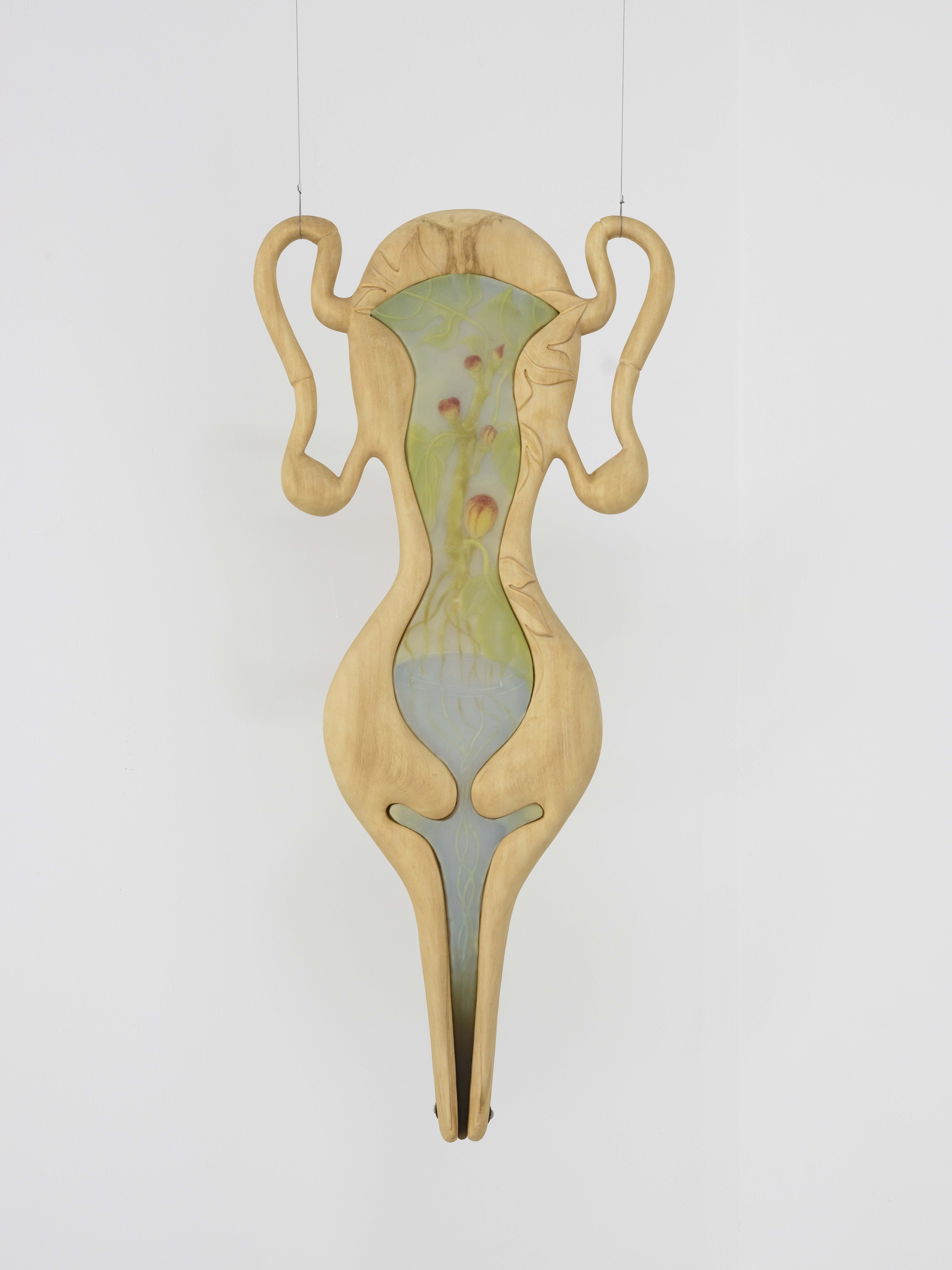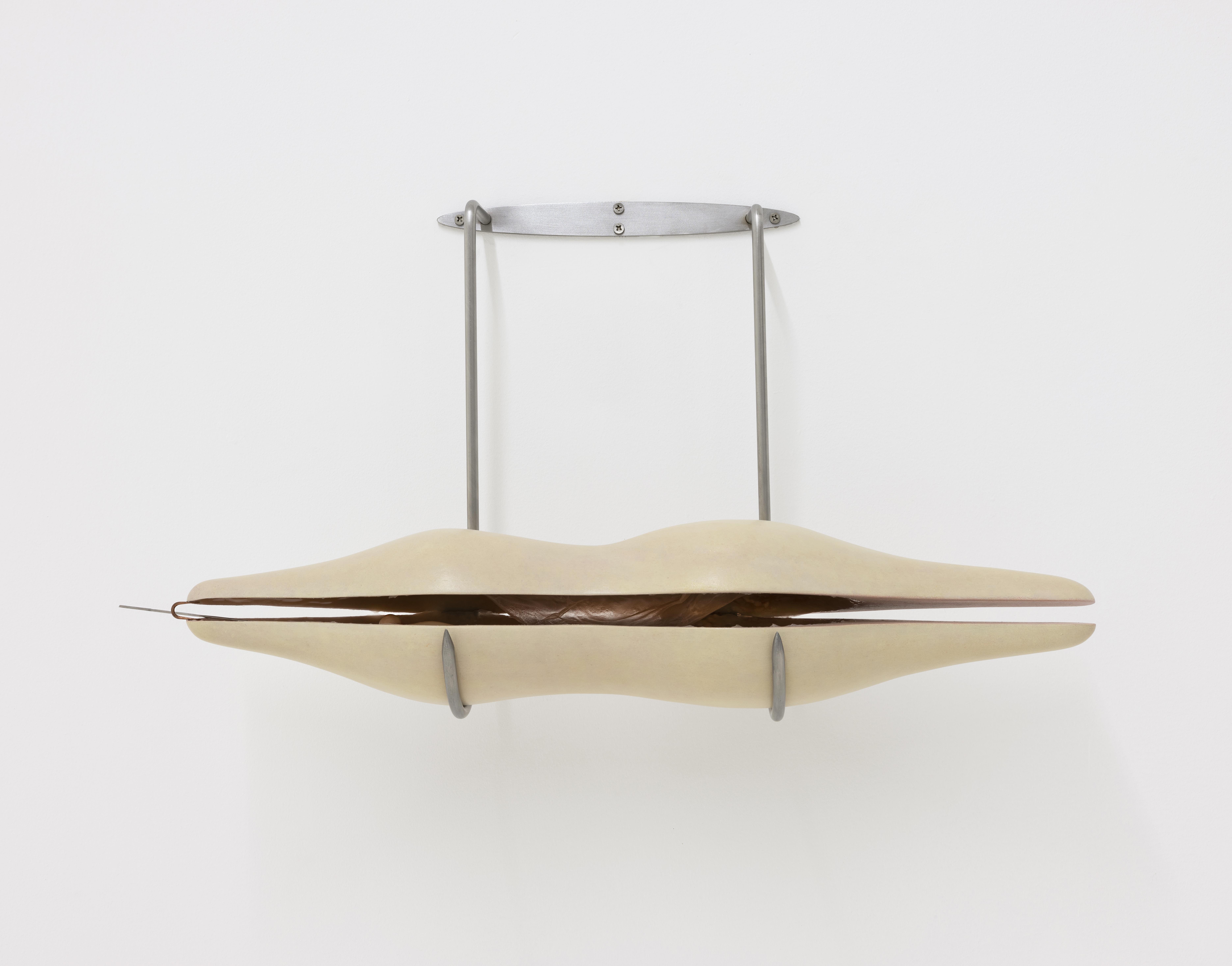Liao Wen: Almost Collapsing Balance
09/11/2021 – 10/23/2021
Capsule Shanghai, 1st Floor, Building 16, Anfu Lu 275 Nong, Xuhui District, Shanghai, China
All paths lead to the same goal: to convey to others what we are. And we must pass through solitude and difficulty, isolation and silence in order to reach forth to the enchanted place where we can dance our clumsy dance and sing our sorrowful song…
-- Pablo Neruda
Capsule Shanghai is pleased to present Almost Collapsing Balance, artist Liao Wen's first solo exhibition at the gallery, featuring her recent sculptural works.
In a recent conversation, Liao Wen mentioned a new understanding of her body: due to extensive woodwork, the skin on her fingers was peeling off. Gradually, her sense of tactility also faded, flattening her perception of surroundings, which allowed her to gain a new world experience once her sense of touch resumed. Puppets - a creative medium Liao Wen trained in - simplify the human body while exposing their embedded distortion. What the artist encountered and what the limewood and silicone have undergone with her seem to have been etched unadorned in the details of the artworks.
The Women's Festival in ancient Greece known as Thesmophoria, the Adonia in Athens, and therapy for hysteria in Victorian England engendered this series of works. Liao Wen’s interest in these stories is partly rooted in the collective revelry of the present - an inescapable experience for the artist in a chaotic sea of information since the outbreak of the pandemic or perhaps an even earlier point in time, the emergence of which she was not necessarily aware of.
However, this is not exactly a criticism of revelry, for the artist is more concerned with the absence and vital importance of rituals. As a transient transcendence of time and space, rituals present the discomfort of unfulfilled desires and the opposition between the ideal and the body, thus providing participants with an intense experience of being in the world. These three stories exemplify the multidimensionality of rituals. They move away from mere self-soothing to an utter state of liminality by creating further anxiety and restlessness. In such a state, participants discover their limits through revelry, reach temporary balance through movement, and achieve transcendence that approaches eternity through pulsing balance.
In these rituals, the artist focuses on the female body, passages of rituals, mythological origins, and natural extracts. She digests and transforms these stories through a unique and proficient approach: a fig tree, a symbol of rebirth and purity, is buried in a wooden womb and ovaries; a silicon reproduction of decaying flesh customarily buried by Greek women a year prior to the ritual is half-covered and half-hidden in a hollow cavity; myrrh (allegedly transformed from tears of the goddess Maia and used as an aphrodisiac substance during Adonia) together with the torso on tiptoe forms The Garden of Adonis. These transformed creations are often placed in a system of dynamic balance. The bodies made of limewood still retain their human joints, which suggest the limit of movement and reveal a tension of stillness. Like revels in the ritual, limitation becomes the focus in this "self-supporting" structure, providing a palpable physical and emotional experience at all times with all efforts and even with gritted teeth. During this process, the artist initiates and completes the ritual again and again. In this sense, the exhibition and the artworks before us are simultaneously relics of ritual and its ongoing practice. Their existence implies the continuation of ritual and that we remain between eternal desire and impotence.
However, even a viewer with no prior knowledge of the three above-mentioned stories can intuitively perceive that, in an equilibrium on the verge of collapse, the artist strives to find the courage and hope to counteract darkness through her own limits and an undercurrent of forces. The ritual, as “a state of collective liminality", is a manifestation of a certain “disorder”. People rely on rituals because they witness the expression of disorder but fail to understand disorder per se. What is crucial here is not the stories and rituals themselves, but how the artist retells them, and why she persists to do so in this day and age when scientific positivism prevails. How can these rituals and myths, which are generally deemed futile or false, inspire a new outlook on ourselves and the world?
From the myth of Adonis, the oppressed ancient Greek women did not only learn about Adonis’ tragedy; they also empathized with Maia, who was morally condemned to endless suffering. Through the king of Sephiroth’s innocence, they came to understand that the world did not alway abide by the law of causality or karma, which granted the myth and the rituals they performed complexity and vitality. The difference between a fable and a myth is that the former often has an ending, whereas the myths before "Death of God" never conveyed reasons but simply presented a diverse and dynamic world. The artworks in this exhibition should not be treated or interpreted as visual transformations of certain myths or rituals, for that would render them "heliotheistic art" with distinct outlines, just like all myths are crammed into an intellectual framework today. We are accustomed to the idea that any narrative can form an axis, just as we expect a "theme" and "meanings" from an artist's work or an art exhibition. Nevertheless, what truly matters is how the forgotten understanding and episteme are rediscovered and re-emphasized through the artist's work and how our shared insecurity and hardship are transformed into a communal spirit of solidarity.
On the eve of the exhibition, Liao Wen looks back on her creative process and says, "In these four gallery spaces, whether the works resorts to ritual or embodied experience, they all share an underlying primordial motive, which may be love and hurt in relationships, motherhood, survival instincts or passion." Perhaps, it can also be traced back to an indelible sense of truth, as myths once encouraged, and just like you regain perception from the details of constant creation.
…but in this dance, or this song, there are fulfilled the most ancient rites of our consciousness in the awareness of being human and of believing in a common destiny.
-- Pablo Neruda
Text: Chen Baiqi
